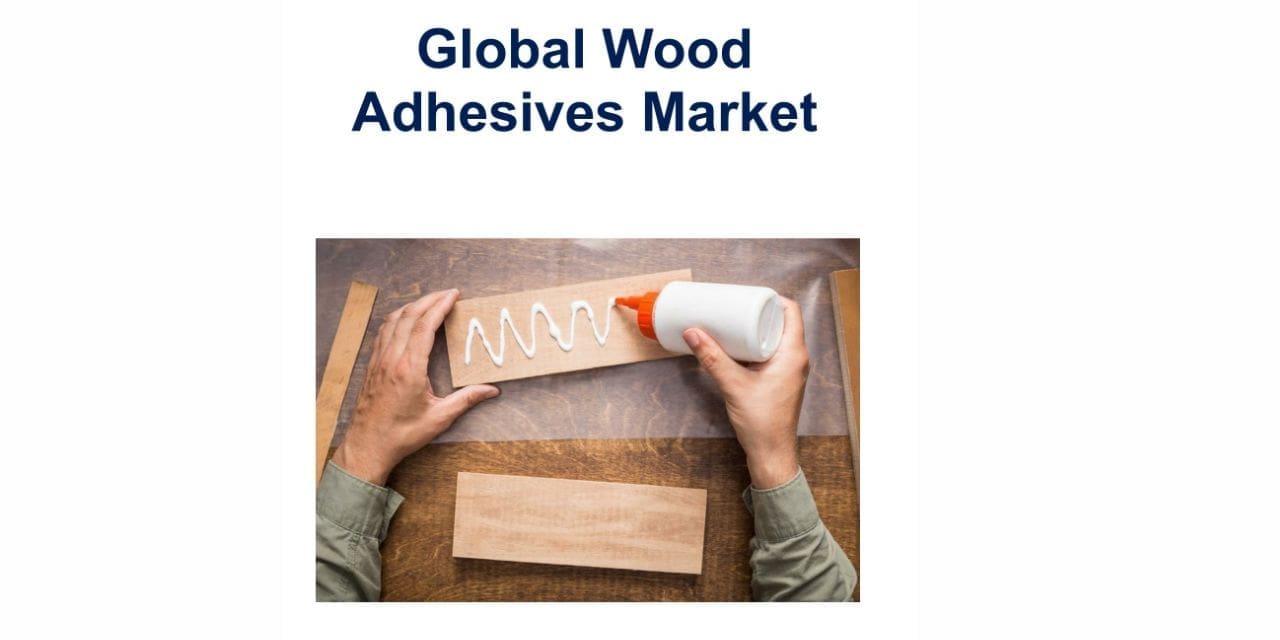The report “Engineered Wood Adhesives Market by Resin (Melamine Formaldehyde, Phenol Resorcinol Formaldehyde), Product (CLT, OSB, MDF, LVL), Technology (Solvent-Based, Water-Based), Application (Structural, Non-Structural), and Region – Global Forecast to 2029″, size is projected to grow from USD 8.7 billion in 2024 to USD 10.5 billion in 2029, at a CAGR of 3.7%. The construction industry’s demand for eco-friendly and healthier adhesives and the rising need to improve performance, durability, and aesthetics are key factors contributing to the growth of the engineered wood adhesives market. The growing investment in emerging markets is expected to create growth opportunities for the market players globally. However, stringent and time-consuming regulatory policies act as a challenge for market players.
Browse
- 189 Market data Tables
- 73 Figures
- 309 Pages and in-depth TOC on “Engineered Wood Adhesives Market – Global Forecast to 2029”
Some of the prominent key players are:
- H.B. Fuller Company (US)
- Henkel AG & Co., KGaA. (Germany)
- AkzoNobel N.V. (Netherlands)
- Arkema SA (France)
- BASF SE (Germany)
- Dow (US)
- Huntsman Corporation (US)
- AICA Kogyo Co., Ltd (Japan)
- Astral Limited (India)
- Hexion (US)
Based on resin, the melamine formaldehyde segment is estimated to account for one of the highest CAGR in engineered wood adhesives market
The performance of MF in engineered wood products is notable. It provides excellent resistance to solvents, acids, and bases, which makes it a preferable choice in chemically challenging environments. Additionally, the mechanical strength it imparts to bonded structures is critical for maintaining durability and integrity under physical stress. Manufacturing processes involving MF require controlled application of heat and pressure to facilitate effective curing, which is crucial for achieving optimal bond strength and stability.
However, the use of MF is not without concerns. The formaldehyde component of the resin poses significant health risks, as it is a known carcinogen. Regulations such as those from the U.S. Environmental Protection Agency (EPA) and European Union directives have tightened standards on formaldehyde emissions from wood products, pushing manufacturers to develop lower-emitting MF formulations. Advances in technology are also focusing on enhancing the resin’s properties through modifications in catalysts and hardeners, aiming to reduce emissions further and shorten curing times.

